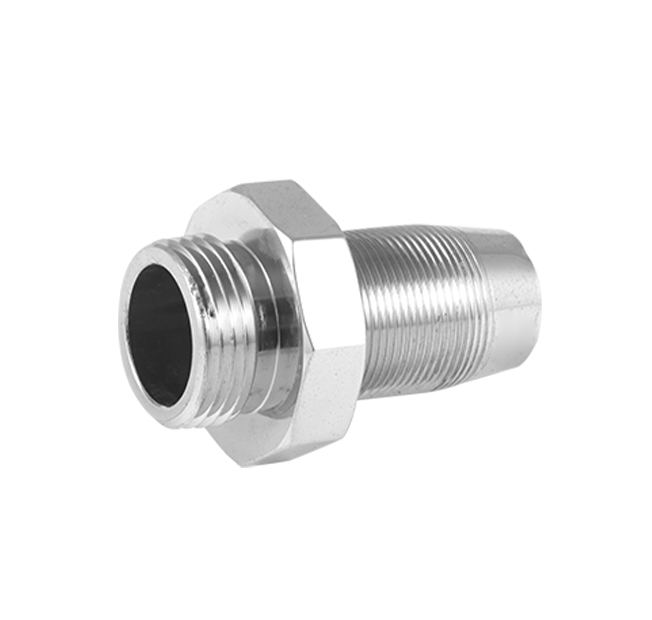Time:2025-06-25 Views:0 source:CNC Machining customization source:CNC Machining news

The manufacturing of metal frames for logistics equipment is a critical process that requires high precision and durability to ensure the efficient and safe transportation of goods. CNC (Computer Numerical Control) technology plays a pivotal role in this process, enabling the production of complex and robust metal frames that meet the demanding requirements of the logistics industry. The use of CNC technology in metal frame manufacturing offers several advantages, including precision, consistency, and the ability to produce intricate designs.
One of the primary benefits of using CNC technology is the high level of precision it provides. CNC machines can cut, bend, and shape metal with extreme accuracy, ensuring that each component of the frame fits together perfectly. This precision is particularly important for logistics equipment, where even small deviations can affect the structural integrity and performance of the equipment. For example, in the manufacturing of pallet racks, conveyor systems, and forklifts, the frames must be able to support heavy loads and withstand constant use.
Consistency is another key advantage of CNC technology. Once a design is programmed into the CNC system, the machine can produce multiple identical parts with minimal variation. This consistency is crucial for maintaining quality control and ensuring that all components of the logistics equipment meet the required specifications. It also reduces the need for manual adjustments and inspections, streamlining the production process and reducing costs.
The ability to produce intricate designs is a significant benefit of CNC technology. Complex geometries and custom features can be easily incorporated into the metal frames, allowing for the creation of specialized equipment tailored to specific logistics needs. For example, CNC machines can create frames with integrated channels for wiring, mounting points for sensors, and reinforced sections for added strength. This flexibility in design enables manufacturers to innovate and develop new products that meet the evolving demands of the logistics industry.
Material selection is also an important consideration in the manufacturing of metal frames for logistics equipment. Common materials used include steel, aluminum, and stainless steel, each with its own advantages in terms of strength, weight, and corrosion resistance. CNC technology allows for the precise cutting and shaping of these materials, ensuring that the frames are both strong and lightweight. For example, aluminum frames can provide a good balance of strength and weight, making them ideal for applications where mobility is important.
In addition to the manufacturing process, CNC technology can also be used for quality control and inspection. Advanced CNC machines can perform automated inspections of the finished frames, checking for dimensional accuracy, surface finish, and other critical parameters. This ensures that each frame meets the required standards before it is assembled into the final logistics equipment.
By utilizing CNC technology in the manufacturing of metal frames for logistics equipment, manufacturers can achieve high levels of precision, consistency, and design flexibility. This not only enhances the performance and durability of the equipment but also improves the efficiency of the logistics operations, reducing downtime and maintenance costs. As the logistics industry continues to
Read recommendations:
Sealing ring Precision electronic parts
Housing components for recessed downlights Precision electronic parts
Oval Magnetic Hardware Precision electronic parts
CNC Machining Dimension Accuracy
CNC processing factory - Meeting customers' strict requirements for precision